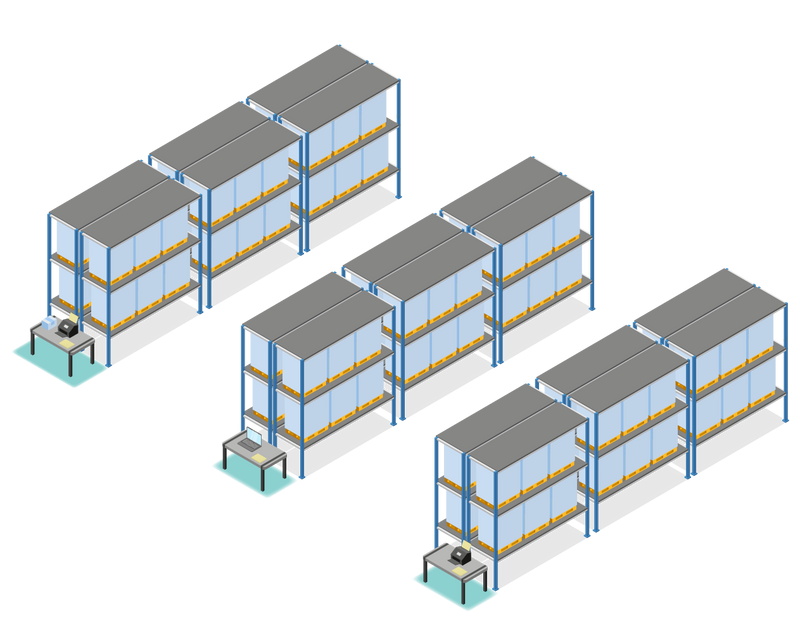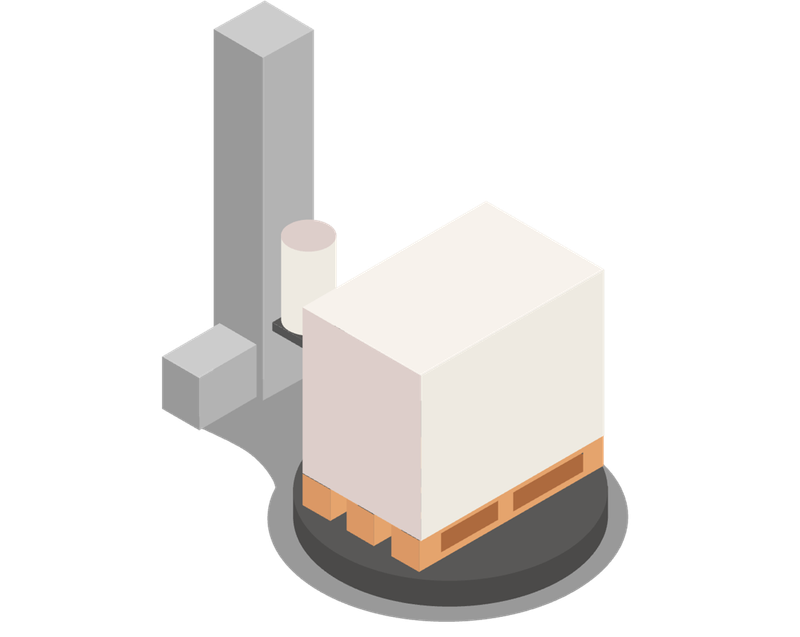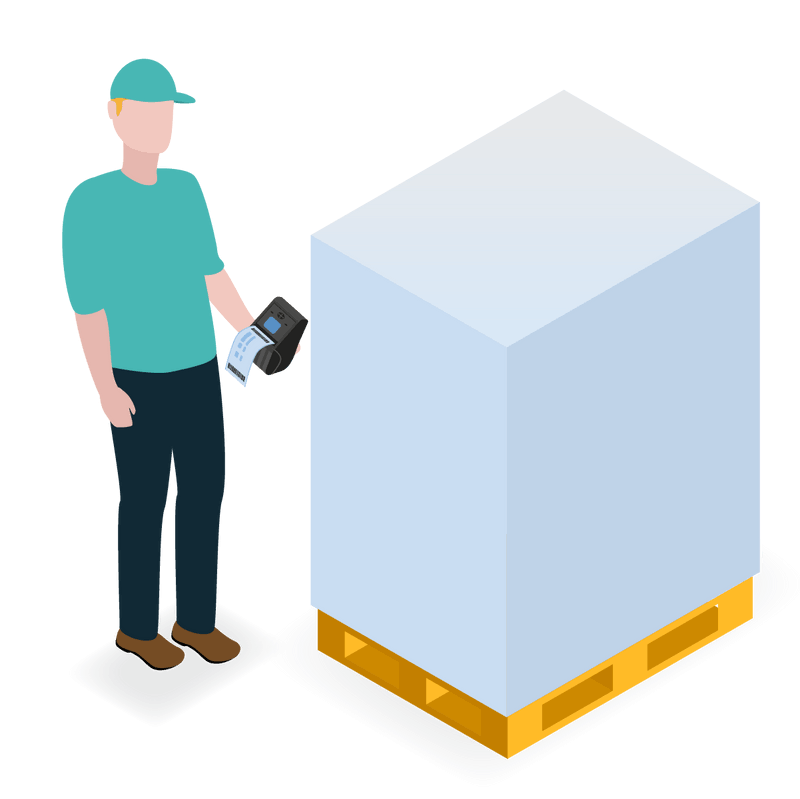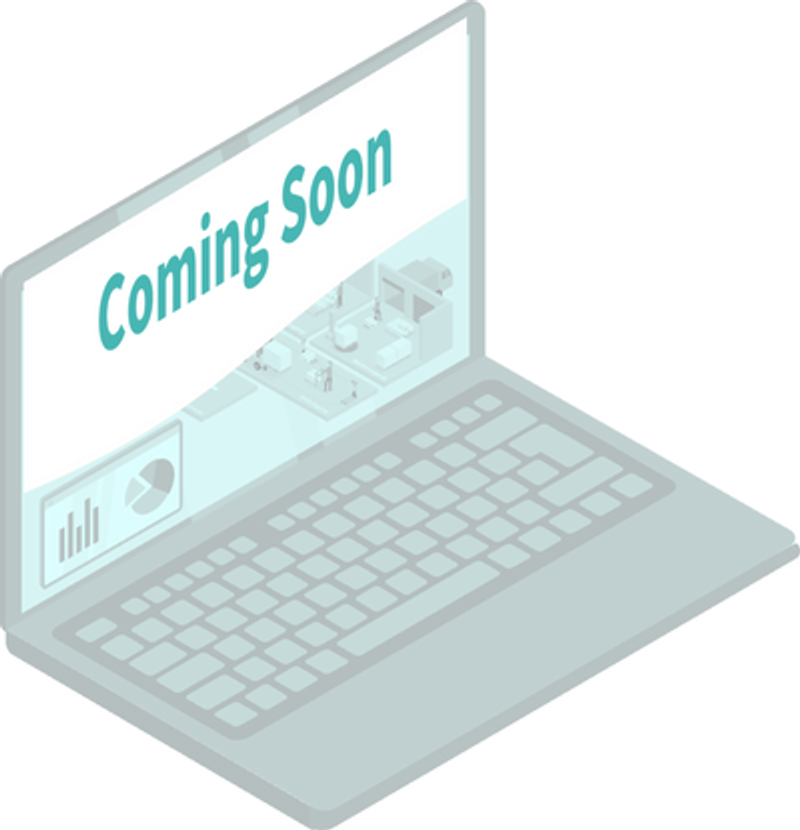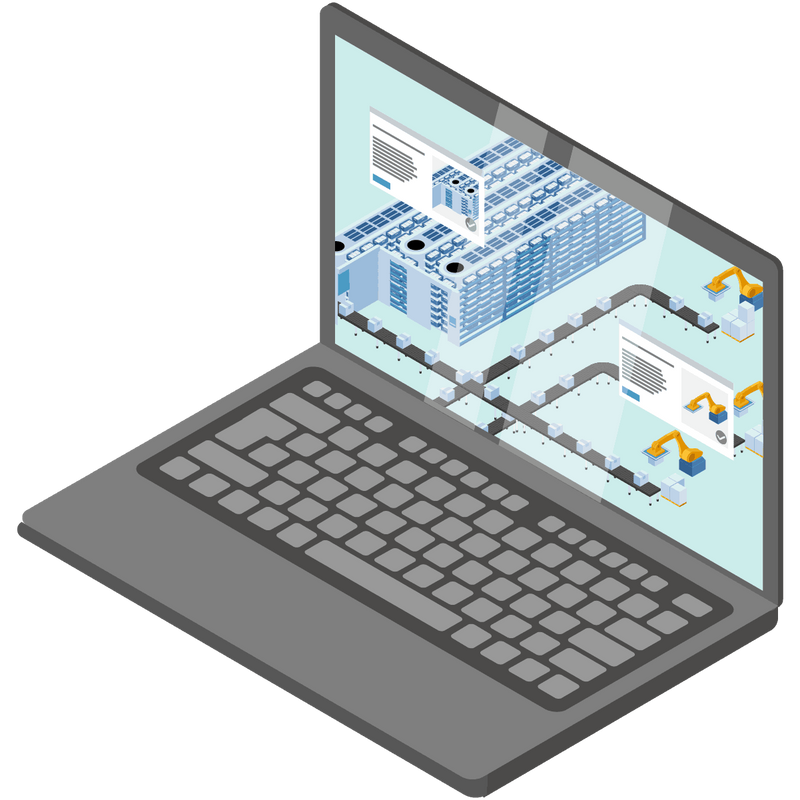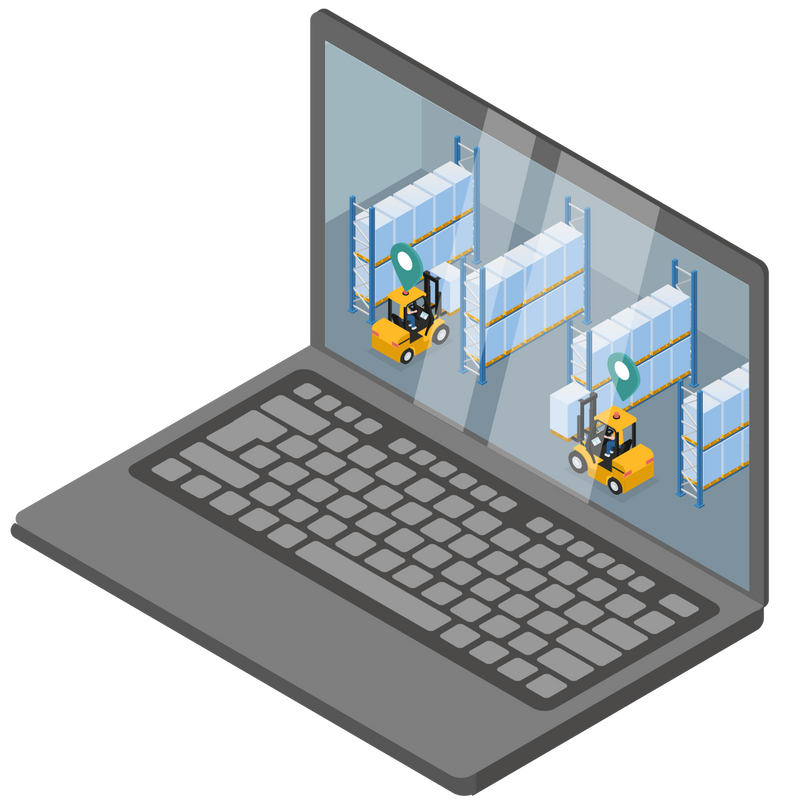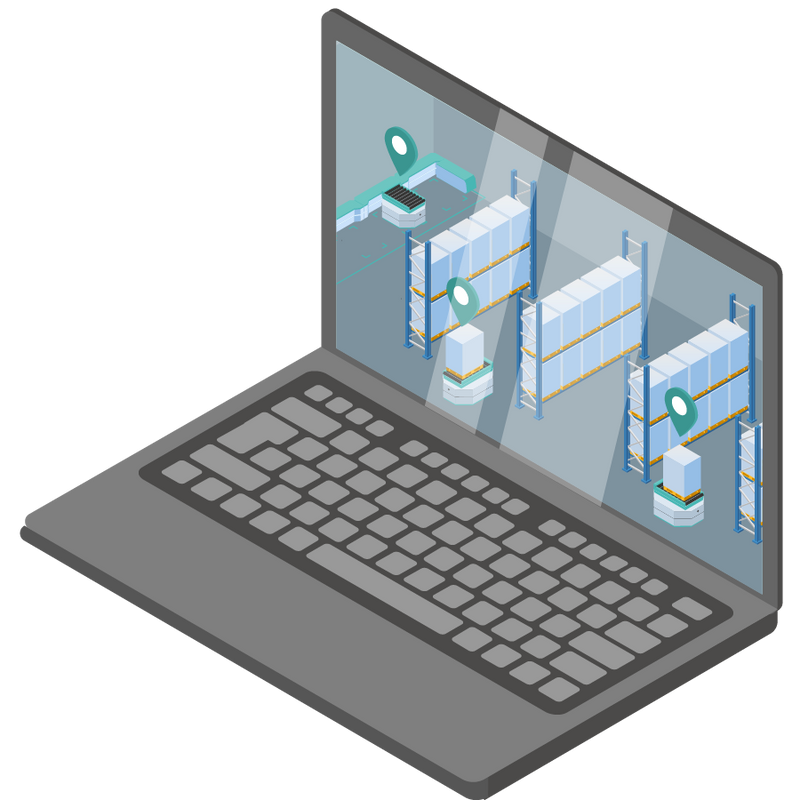1
Determine the Frequency
The first step is to determine how often an aid is used on average per day.
A
Motion-Mining®
Motion-Mining® can be used to record how often the area of an assistive device is visited or the dynamic beacon of the assistive device is used.
B
Process Observation and Timing
In a process observation, the frequency can be recorded with the help of a tally sheet or a corresponding app.
C
WMS-Analysis
Some tools, such as a wrapping machine in order picking, usually need to be used for each order. Based on the orders per employee per day, it is possible to estimate how often a tool is used per employee per day.
2
Determine the Required Time (Currently)
The second is to find out how long, on average, people need to wait to before using the auxiliary equipment.
A
Motion-Mining®
Motion-Mining® can be used to record how long employees spend on average in the area of an auxiliary equipment.
B
Process Observation and Timing
In the case of process observation, the length of stay can be recorded using a stopwatch or app.
3
Determine the Required Target Time
To determine the potential savings, it is necessary to consider how long the usage of the auxilliary equipment should optimally take.
A
Process Observation and Timing
During a process observation the optimal duration can be recorded with the help of a stopwatch or a corresponding application.
B
MTM Process Modeling
In the MTM lists, values for the use of various auxilliary equipments can be found.
4
RoI Calculation
To calculate the RoI, the frequency must be multiplied by the difference between actual and target time and then scaled to the total number of employees and working days. This is contrasted with the costs of the measure.
